Shadows (wall disease) 2013-2015
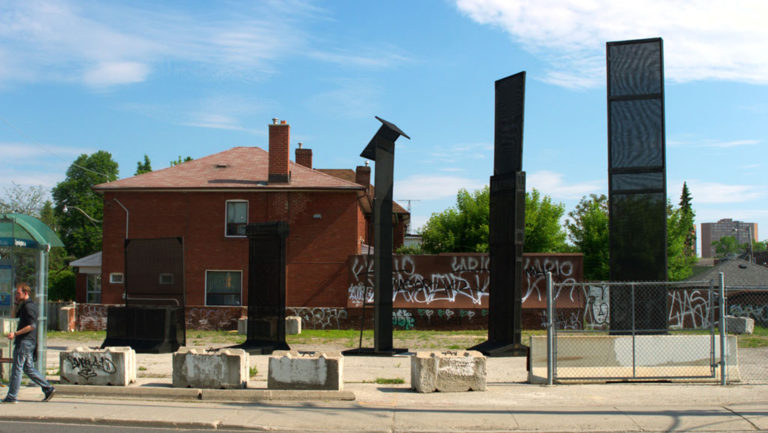

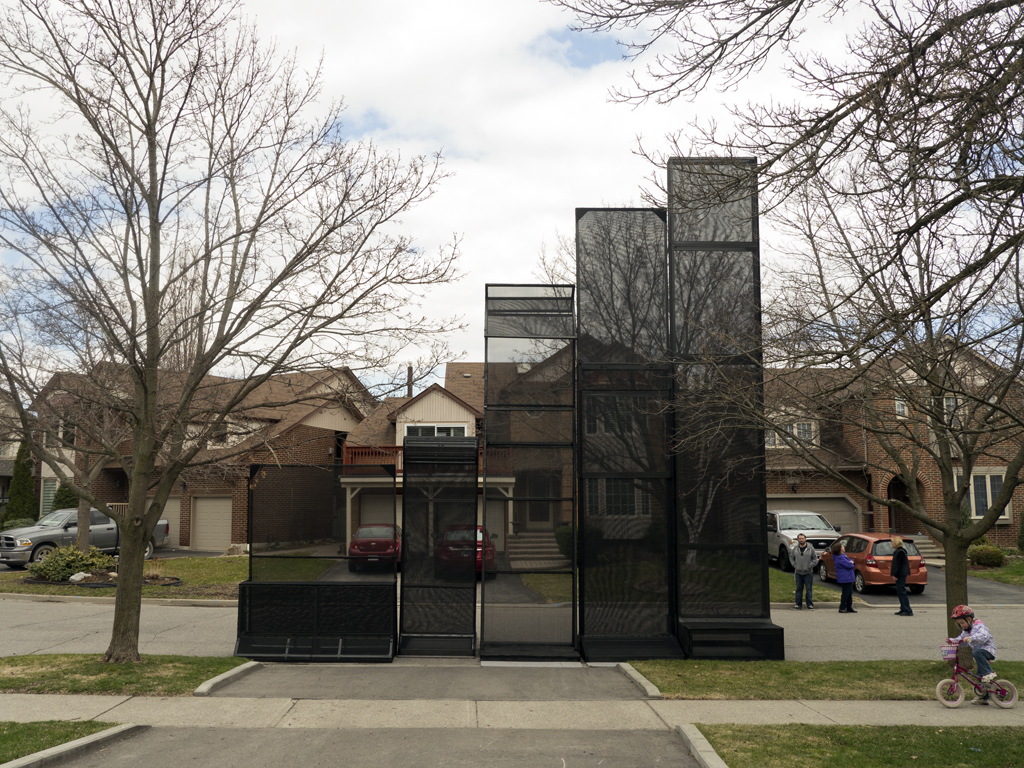


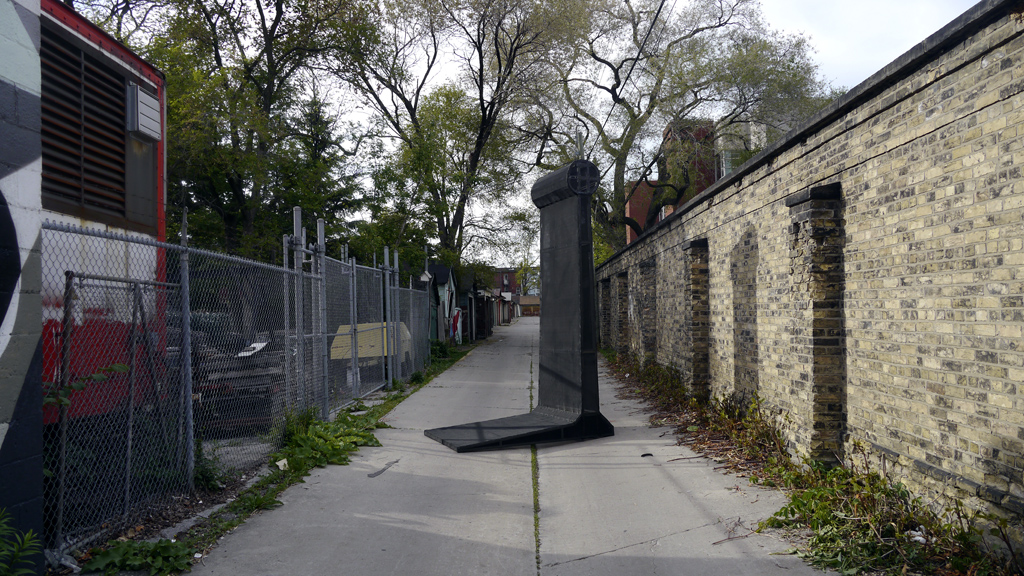
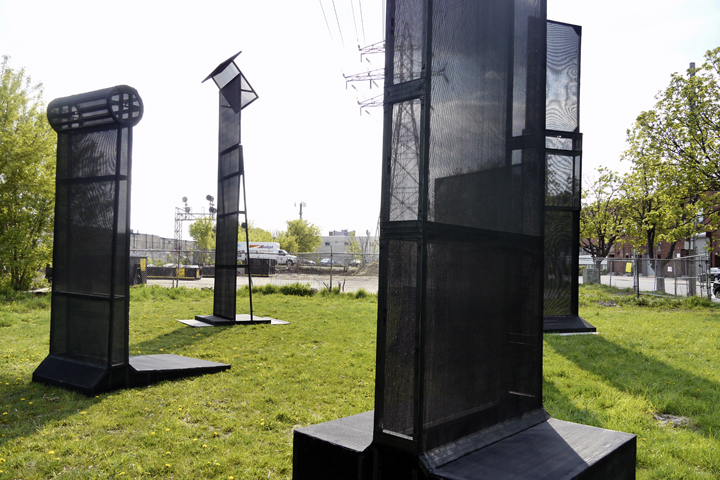







In 2010 part of downtown Toronto was sectioned off by a security fence built for a G20 Summit. Along with intense police presence the structure transformed the city into a confusing and frightening scenario never before experienced. Shadows: Wall Disease was inspired in part by our use of public monuments and the ways that history is interpreted and remembered in public space. It questions the ways in which our histories overlap and how we relate to one another. Globalization, socioeconomic inequality, and racism are some of the overriding issues of our time. This work addresses the ways in which these ideologies are manifested in the built environment and the resulting psychological effects.
Wall Disease (Mauerkrankheit) was a term first used in 1973 by the East German psychiatrist Dietfried Müller-Hegemann. He observed that the Berlin Wall caused psychosis, schizophrenia, and phobias in the East Germans who were confronted by it on a daily basis. Today sections of The Wall continue to snake through parts of the city memorializing its historical significance. There are over 100 sections on display in cities throughout Europe, the UK, Asia, South Africa and the Americas. You can buy fragments of the wall in gift shops. Yet at the same time new walls continue to be implemented through out the world.
Shadows: Wall Disease recreates sections of five barriers – life sized embodiment’s of dividing walls that are confronted daily, both physically and psychologically by people all over the world. Included are the Security Fence used during the 2010 G20 Summit in Toronto, The Berlin Wall, The Peace Line Walls in Belfast, Northern Ireland, the border fence between Nogales, Sonora / Arizona, and the West Bank Separation Barrier in Israel / Palestine. The forms are framed with metal and covered in shade cloth. They physically delineate the space that these barriers occupy in real life while also appearing as shadows (mental after-images.)

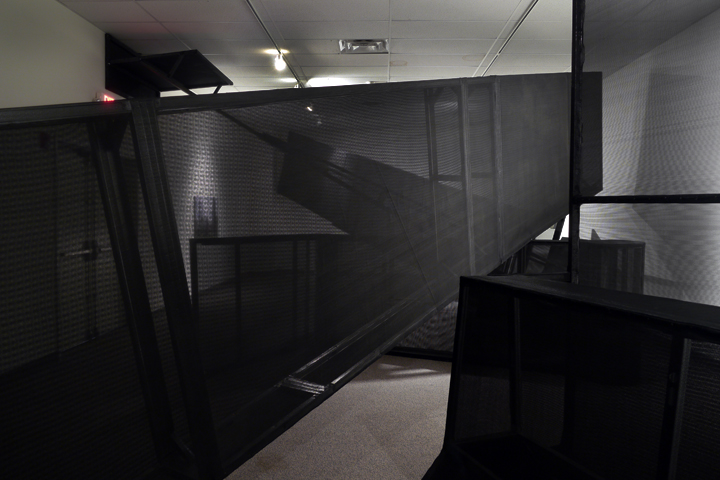
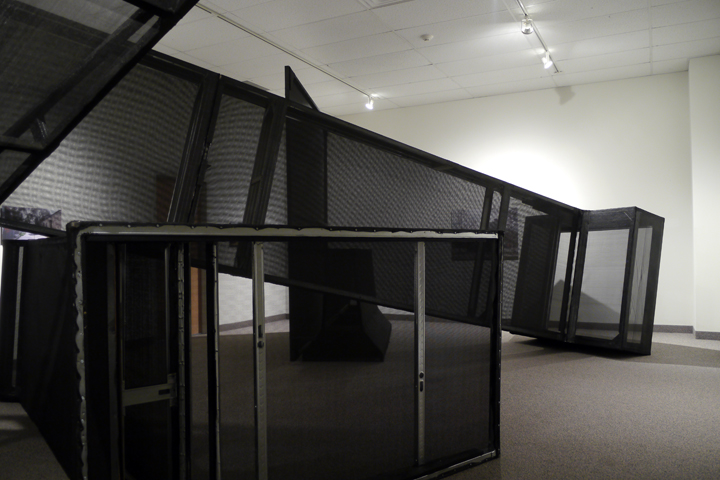


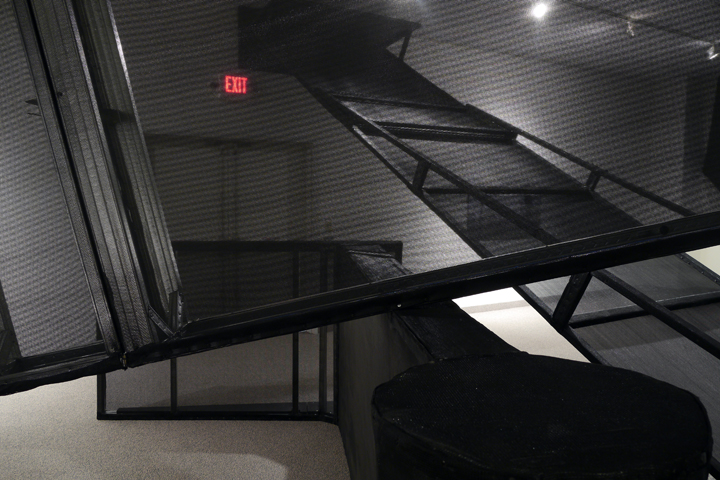












The Main Gallery at The Sculpture Center in Cleveland is carpeted and features a drop ceiling. Even though the space was designed to be a gallery it could be seen as a re-purposed office or storage space. In this context the forms become abstracted as they overlap one another and lean against the gallery walls, forcing you to navigate around and underneath them. Within this confusing cluster smaller claustrophobic spaces feature images of the structures outdoors where they appear monumental.
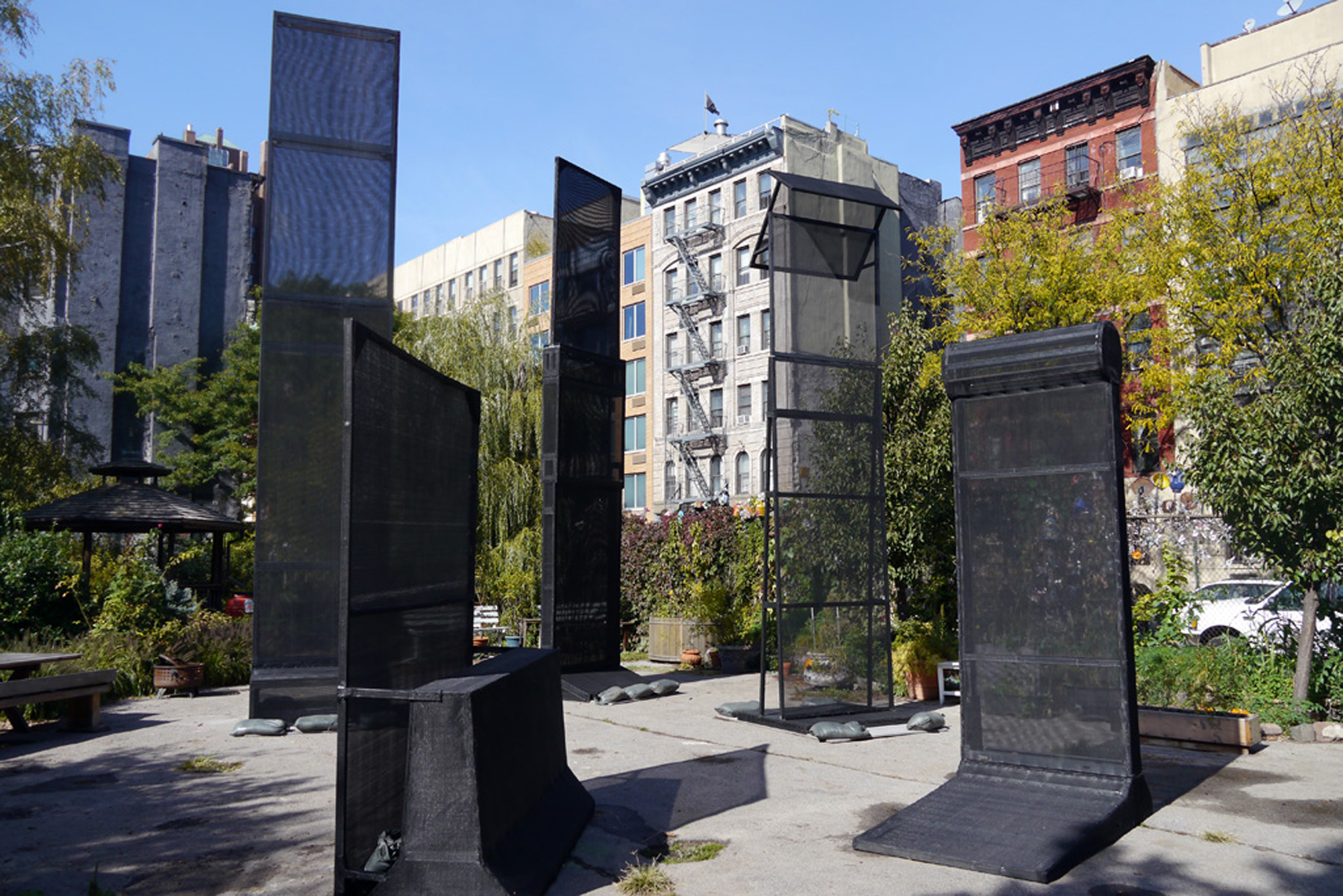

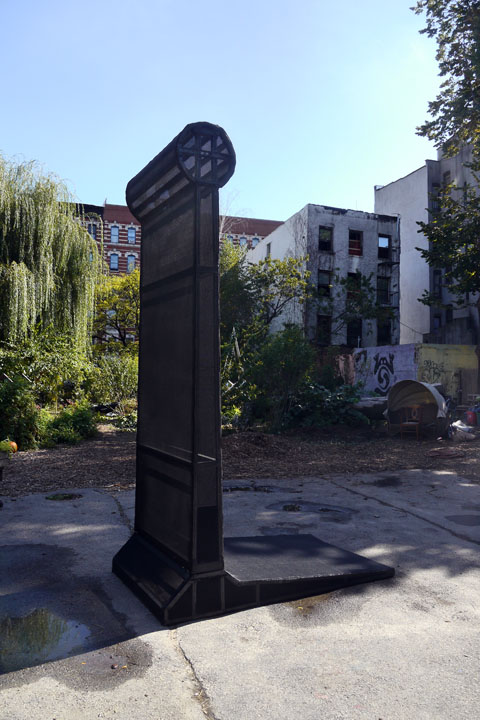

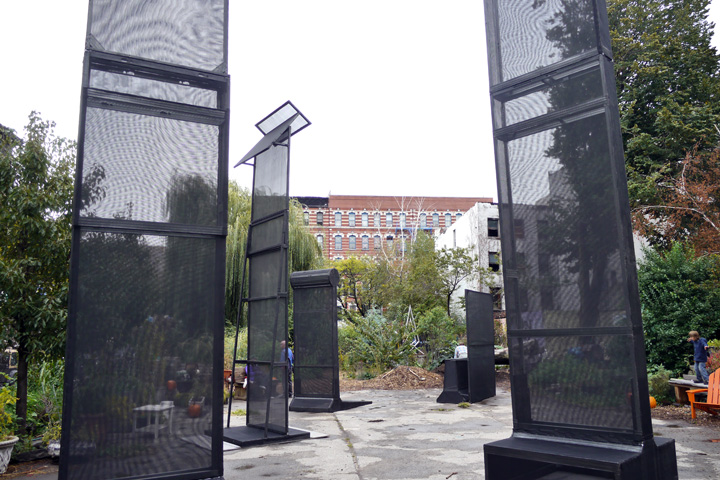


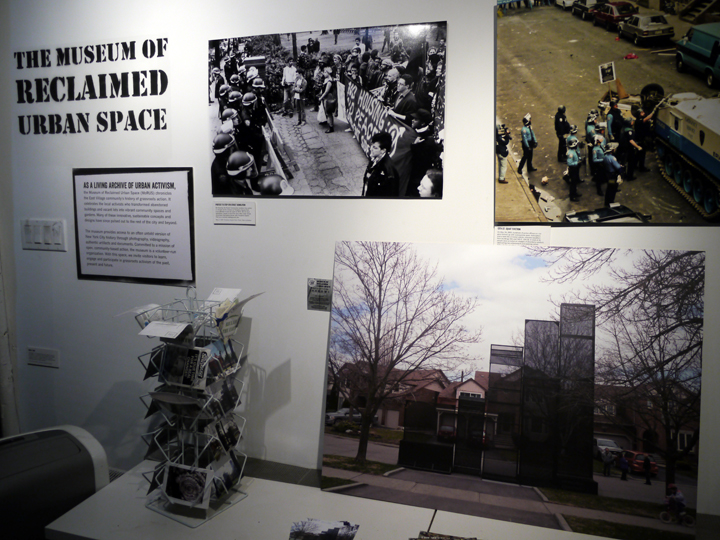






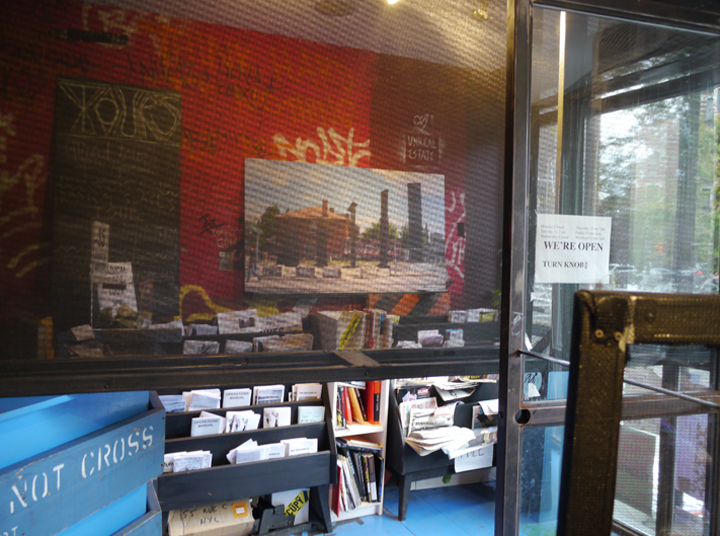























The Museum of Reclaimed Urban Space in cooperation with La Plaza Cultural Community Garden in New York City presented Shadows (Wall Disease) for two weeks in October, 2014.
During the 1970s housing crisis, activists, punks, hippies, street kids and other homeless individuals took over and reclaimed derelict buildings in the Lower East Side through mass homesteading and squatting movements. At the peak of these movements over 30 squats existed in the Lower East Side, providing homes for nearly a thousand people. In the 1990s the majority of these residents were evicted from their buildings however due to community push back the City granted a small number of these squats limited-equity coop status.
La Plaza Cultural Community Garden was founded in 1976 by local residents who took over what were then a series of vacant city lots piled high with rubble and trash. Working with maverick architect Buckminster Fuller, they build a geodesic dome in the open “plaza” and began staging cultural events. Artist Gordon Matta-Clark helped construct La Plaza’s amphitheater using railroad ties and materials reclaimed from abandoned buildings. Like the squats the garden came under attack by developers seeking to build on the space. After numerous court battles, La Plaza was finally preserved in 2002 as part of a landmark legal settlement that saved many of similar spaces across New York City.
MoRUS is a small volunteer-run history museum of grassroots activism. They preserve the story of efforts to create community spaces in the Lower East Side, especially efforts that “reclaim” space that has been taken over by city bureaucracies or corporations. They highlight the political implications of how social structures shape and control our space and take a long-term historical perspective on how the urban landscape evolves through cycles. MoRUS is located on the ground floor of the historic C Squat on Avenue C in Alphabet City, Manhattan, New York.


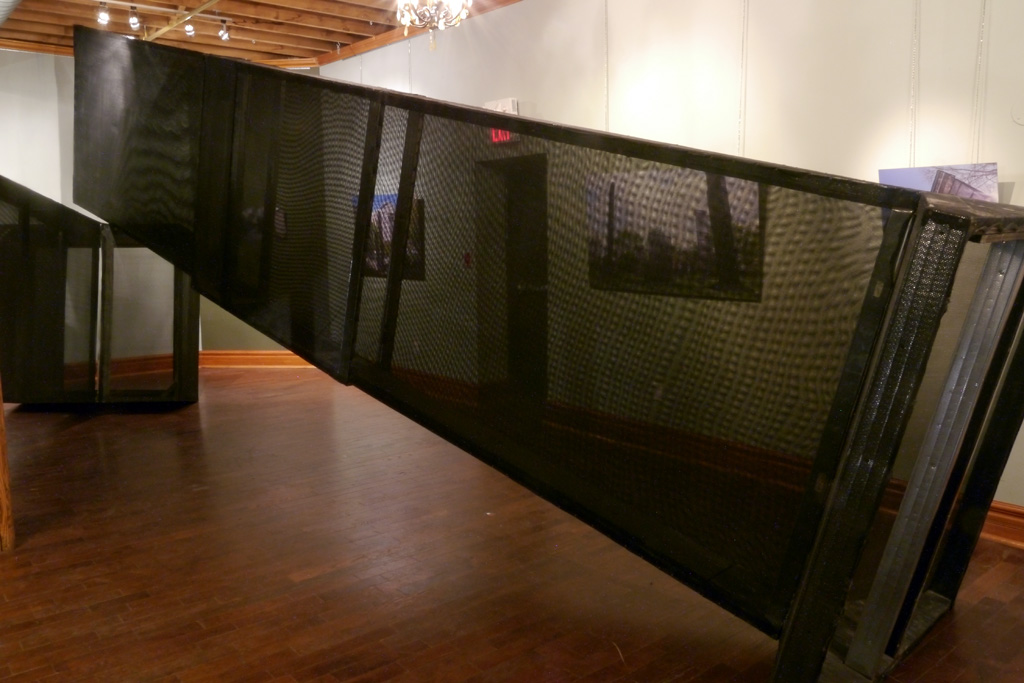
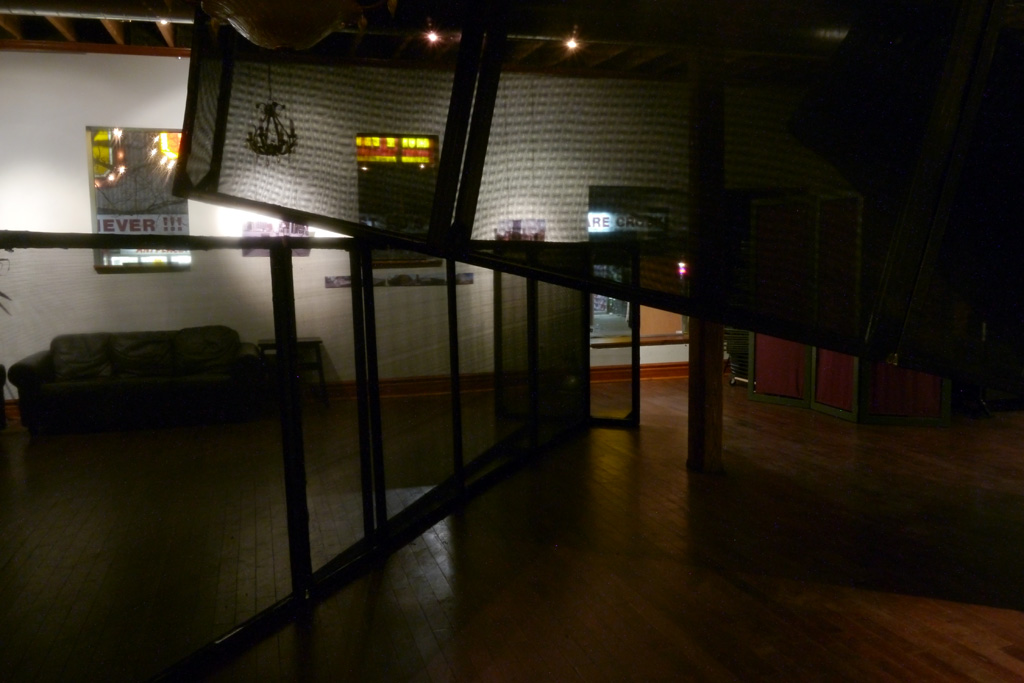
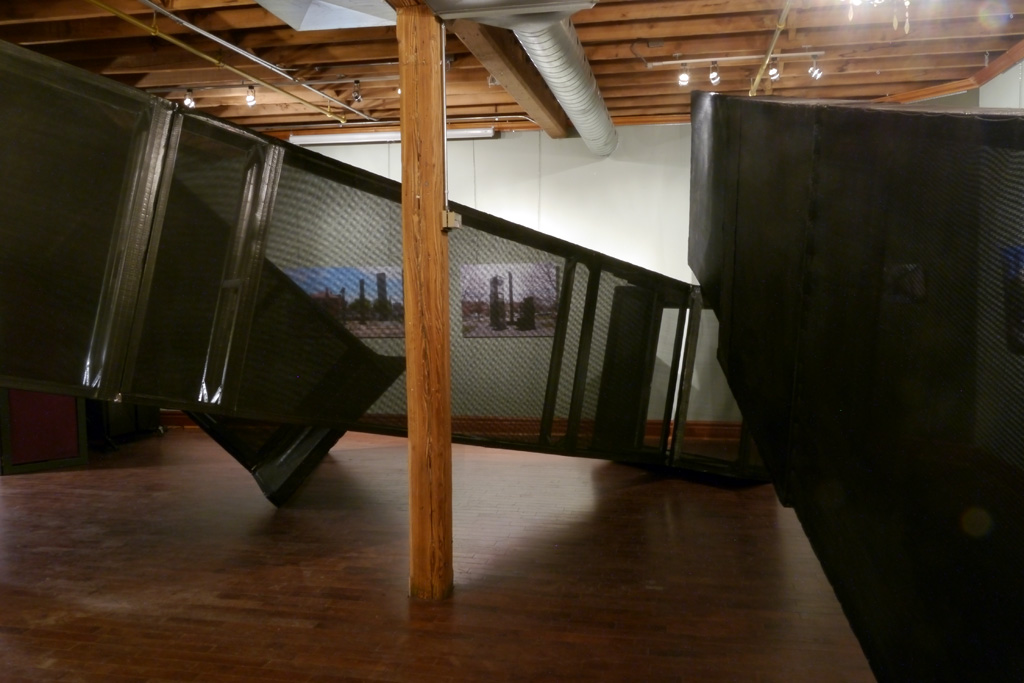



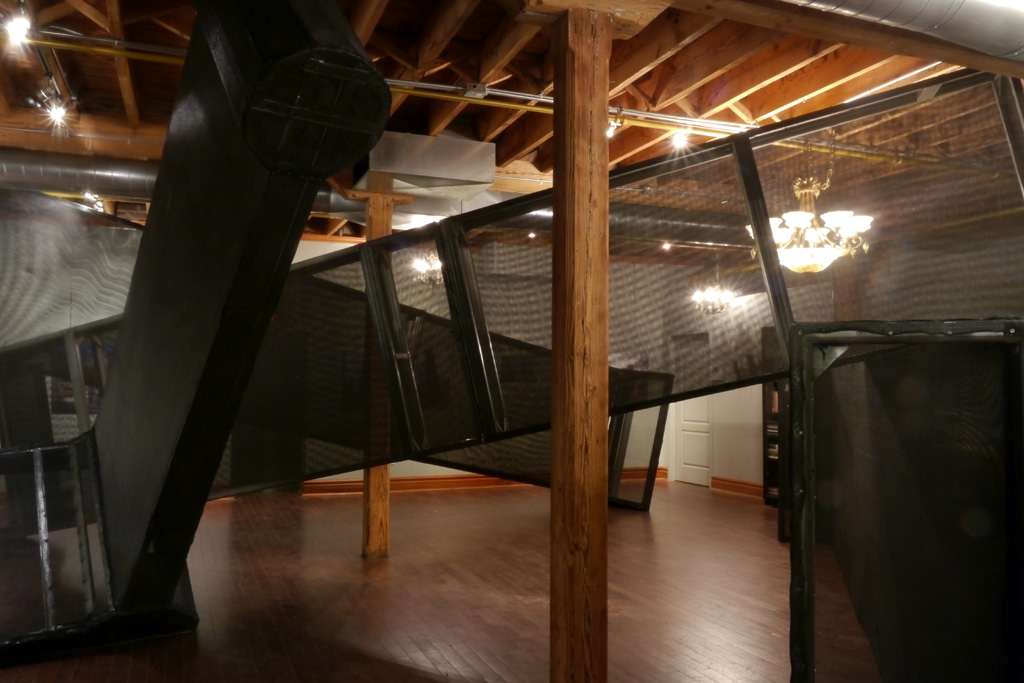









Beit Zatoun is a cultural centre, gallery and community meeting space that promotes the interplay of art, culture and politics to explore issues of social justice and human rights, both locally and internationally. It was located in the Mirvish Village neighborhood in Toronto from 2010-2016.
[spacer height=”20px”]
Exhibition history:
Beit Zatoun House, Toronto, ON, 2015
The Sculpture Center, Main Gallery, Cleveland, Ohio, 2014
Museum of ReClaimed Urban Space & La Plaza Cultural, New York City, NY, 2014
Publication history:
Gil McElroy, “Ryan Legassicke: Wall Disease,” re:sculpt, blog.sculpture.org, June 24, 2015.
Douglas Max Utter, “Window to Sculpture Emerging Artists Series,” Sculpture Center, Cleveland, pg 14-15, 2015.
“Making, and breaking barriers around the globe,” East Villager, New York City, Oct.16, 2014, pg 3.
Ann Albano, “Breaking Boundaries at The Sculpture Center,” Can Journal, Cleveland, Ohio, Summer 2014, pg 42.
